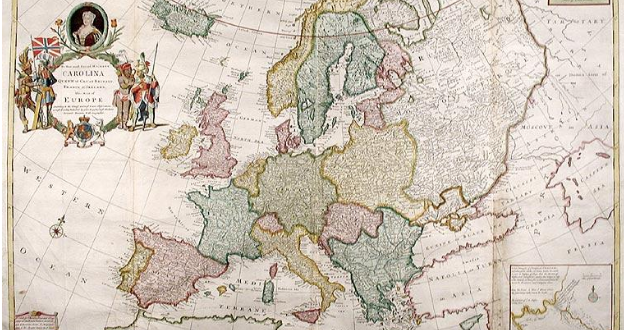By Krystal Yang
I will be taking AP European History this year. Imagine my surprise when I walked into class on the first day, and my teacher was rapidly explaining how we should be taking notes. He expected us to take notes, every night, using this strange method called “PERSIA.”
In essence, PERSIA stands for six basic units of analysis when it comes to studying history: politics, economics, religion, society, ideas, and arts. My teacher told us that every section of the reading textbook will fall under one of these six units. When we take notes, we should read one section, then summarize it with one or two sentences, and put that summary under the appropriate unit. At the end of each chapter, we would have to write an overall summary and reflection of what happened in that chapter.
At first, I shrugged it off. I had to take Cornell notes before, so I figured it couldn’t be much worse. But when I opened up my textbook, I was shocked to find how dense the reading was. In the first week of school, I spent around two hours just taking notes for European History. I just couldn’t wrap my head around why a teacher would make his or her students take notes in essay form. Hasn’t school been teaching us to take notes in bullet points since we could write? But slowly I got used to it. I learned how to exclude information and capture the main idea of several events in a few words.
Now, I believe PERSIA notes are actually a very effective method for taking notes, especially in an AP History (AP World History, AP U.S. History, etc.) class. Taking notes with bullet points may not actually be as helpful as teachers say it is; sometimes students just end up paraphrasing the textbook. Sure, they’re taking notes, but they aren’t actually learning how to distinguish between detail and main idea, which forces them to memorize a lot of useless information. PERSIA notes forces students to condense information. Also because they are taken down in essay form, students also learn how to link ideas together. Students can also read their notes aloud to study for a test. Eventually, when they are preparing for the AP exam, they will save hours of time by not studying minor details that don’t mean anything.
Even though it is only the first few weeks of school, I am confident that PERSIA notes will set me up for success in AP European History. To students who are taking an AP History course, or are thinking about taking one, ask your teacher if he or she knows about PERSIA notes. If they don’t know, tell them to look it up because it is one of the most effective methods of note-taking I have used.
 Tempus Magazine By Students, For Students
Tempus Magazine By Students, For Students 



